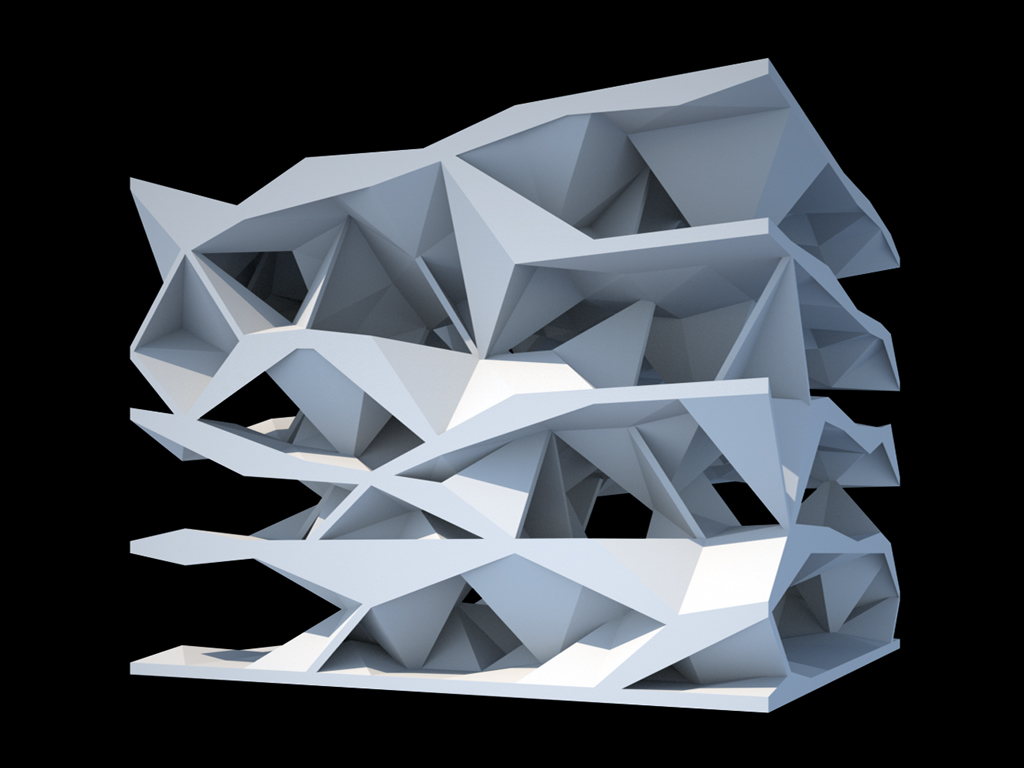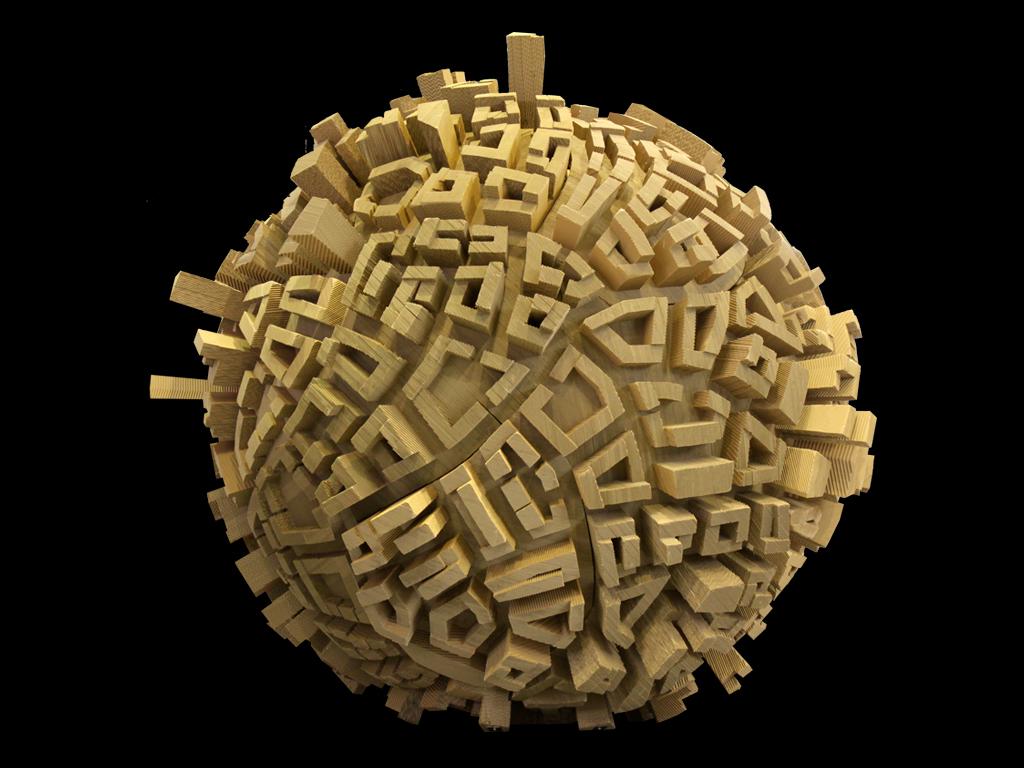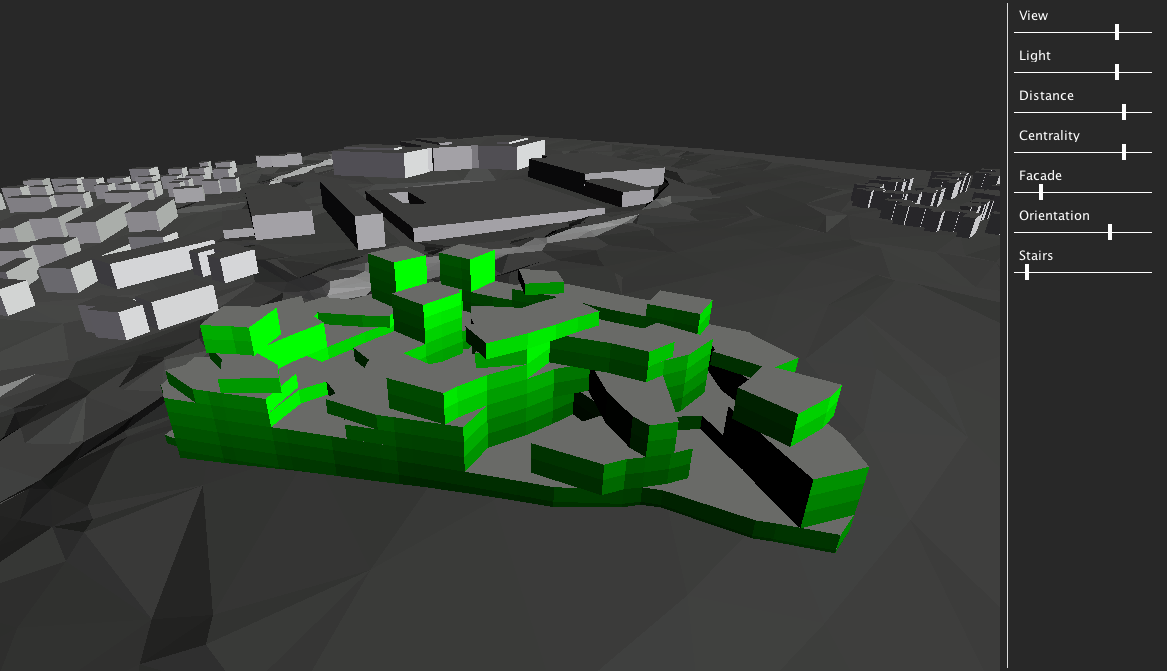M2: 09.11.2010/Benjamin Dillenburger
Computational Architecture â Topographies & Topologies
Can architecture be computed? The potential of computational architecture goes far beyond curved surfaces and free-form geometries. Rather, it is an entirely novel method of design. This method can not only generate previously inconceivable forms, but can also enable designs that incorporate complex sets of relationships with out resorting to reductionism.
In using these technologies, the architect no longer designs the geometry, but rather designs the process by which the geometry is generated. The architect forfeits direct control over the form’s appearance, while asserting control over the form’s desired attributes. It is through definition and an abstracted specification of these attributes that design decisions are performed. Once a solution space has been encoded, the architect assumes the role of a nurturer and moderator, recursively applying the processes until the most ideal configuration has evolved.
The role of the computer progresses from a drawing aid to an intelligent assistant. Information technologies thus bring design sketches to life: points, lines and planes gain intelligence and work together towards a common goal. Objects are no longer regarded in isolation, but are interlinked and connected to their environment. Depending on the nature of the code, the computer is able to independently vary, evaluate, and select designs. An optimization takes place that ideally is able to embrace the complexity brought about by juxtaposed objectives, rather than having to simplify these. Entire families and landscapes of objects can be generated: singularity turns to plurality. In the best case, the computer devises surprising typologies that go far beyond what one may have conceived of.
Benjamin Dillenburger writes programs instead of drawing. In presenting his most recent research and projects from the Chair for CAAD at the Swiss Federal Institute for Technology (ETH) in Zurich, he shows possible trajectories for the use of computational design in the field of architecture. The scale of the presented projects ranges from computationally generated ornament, to buildings, to an urban scale. Yet all projects have a common denominator: they are conceivable only through the use of information technologies – they are undrawable.
Digital Catenary
Simulation of a hanging model based on a spring-system
Oblique Circulation
Folding planes through artificial evolution
Stadtigel
Kaisersrot at the in the International Architecture Biennale
http://wiki.caad.arch.ethz.ch/Events/StadtIgel
Emerging Typologies
Bottom-up synthesis of an office building


